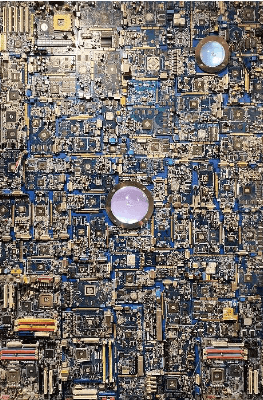JESU MORATIEL
Opening / 08.04. / 18.00-21-00
Exhibition / 08.04. - 28.05.
Benjamin Eck Projects
Müllerstraße 46a / München
Google MapsFacebook EventSCROLL, SCROLL! IS AN EXHIBITION PROJECT DEALING WITH TEXTURES IN THE DIGITAL CONTEXT.
these digital "skins". Here they serve as textures that extend through the body of work and the space, integrating the viewer and making it part of the digital space.
USING THE INTERFACE THAT WE ALREADY HAVE ADOPTED IN OUR EVERYDAY IMAGE.
THE PROPOSAL DEEPLY AT THE DISSOLUTION OF THE PHYSICAL AND DIGITAL BORDERS, the digital aesthetic as a fundamental part of our current imaginary and the flood of massive information consumption.
In the works, different bodies appear from the point of view of a film camera with a new skin: the interfaces of these applications.
With a cybernetic post-punk aesthetic, the works appear with the texture of Spotify in suggestive positions, dancing, in festive situations that remind us of PRE-pandemic BODY CONTACT RECOMMENDATIONS AND THE RITUALS THAT DEFINE US AS SOCIAL BEINGS.
The use of these applications is not accidental:
Spotify has become Alexandria's new music library, a work of art in itself.
ELECTRON SERIES
These pieces belong to the ELEKTRON series - time is gold (ELÉKTRON come from the ancient Greek meaning amber), one of the most representative within the sculptural development of Jesus Moratiel. Various forms such as dead bees, Micro Memories SD or real chicken embryos are isolated in resin as if they were prehistoric amber fossils isolated from time and degradation. -
In Jesus' large amber compositions, where organic elements float like these symbolized objects, the process of collecting, assembling and mummifying brings him closer to the yields of an alchemist. Like monuments that evoke the idea of the passage of time, the artificiality of life, frozen memories and oblivion are some of the concepts symbolized by this work. - It is important to highlight the material characteristics of the pieces:
The tenderness of the embryos or bees contrasted with the hardness of the ambaric resin, its transparency and its iridescence that creates optical games with light.
Moratiel is heavily influenced by some of the most avant-garde scientific and technological research fields such as transhumanism, IA singularity, big data, biotechnology and genetics, where he finds a major source of inspiration for his aesthetic. For example, in the triptych New Lives from Alternative Vaginas, several chicken embryos appear amidst large compositions of motherboards TX, ATX and BTX; The vision is so artificial, technological, halfway between giant microcities and ciber walls. The embryos, which look like extraterrestrial seeds, appear floating in different pink transparent resin balloons that have something to do with the natural womb, but also with the artificial incubators and biological farms, which inevitably reminds us of some sfi-fi and post-punk -Movies and series like Matrix or Alien or almost all of them by Ridley Scott or Denis Villeneuve.
His eclecticism delves into the intrinsic qualities of the materials and media he works with: from the conservational and insulating character of resin as capsules of time, to the contrast of its transparency and luminosity with its character of contemporary relics.
One could therefore speak of his practical and theoretical work as a layering of concepts that dig deeper into the reflection on the consequences of scientific, historical, technological and social influence on human entelechy. To cite an example, in some of his amber pieces, such as "fairies exist if you believe in them," Moratiel is about thousands of bees killed by pesticides and global warming. Far from being limited to the environmental problems that characterize our time - and the bee disaster in particular - it shares with Aristotle, Hume or Manderville the metaphor between beekeeping and human societies to favor concepts such as the loss of identity and individuality one amorphous masses, the situational "wasps' nest" we live in, or the dissolution of geopolitical boundaries.
In addition, with these resin "encapsulations", it delves both theoretically and practically into the exercise of the conservation of organic matter (with all the biological interest that it can entail), a scientific practice that on many occasions (and that it is not very different) with what Mircea Elíade would identify as a religious interest in the transcendence of the flesh.
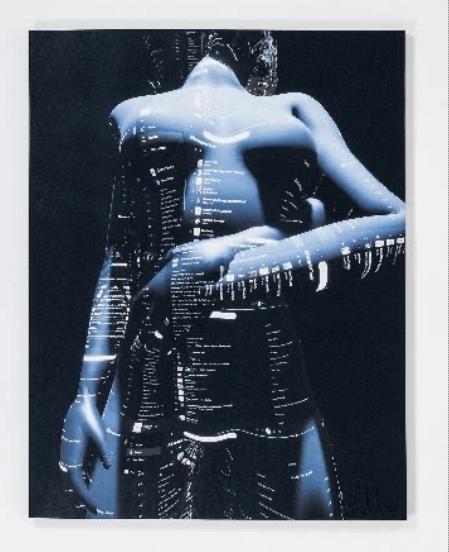
MY FRIENDS DON’T WANT TO DANCE 2
2021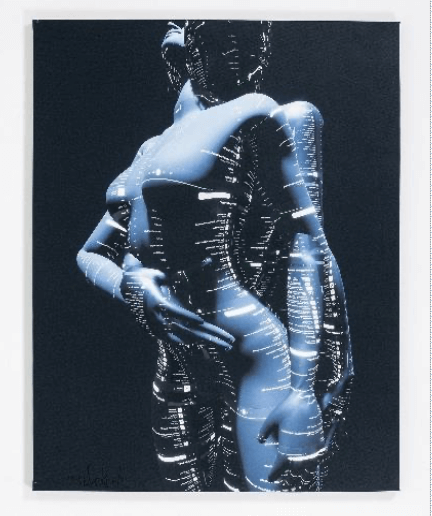
MY FRIENDS DON’T WANT TO DANCE 1
2021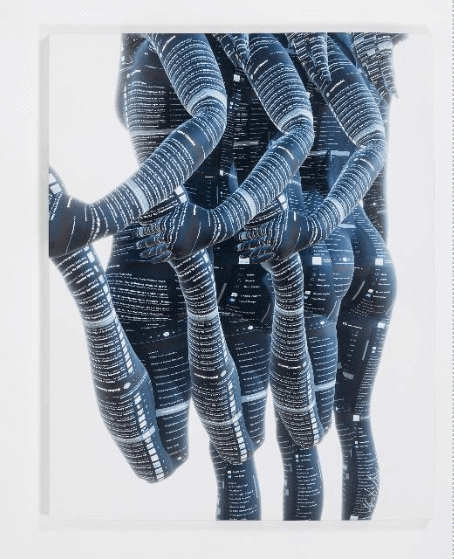
BEFORE AND AFTER SHAKING
2021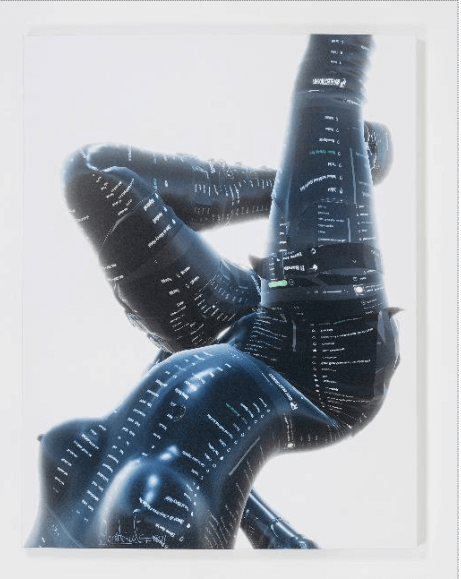
DO YOU FEEL LITTLE VIBRATIONS UNDER YOUR SKIN
2021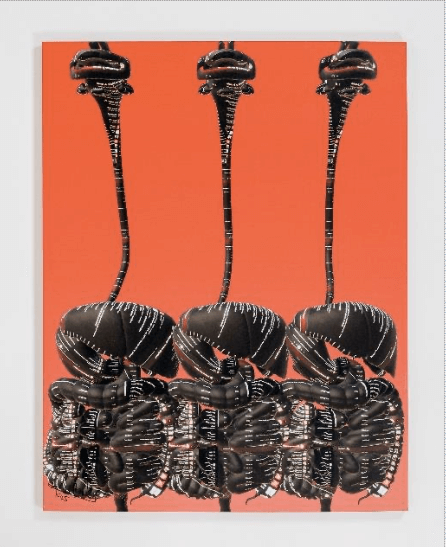
THREE FOLCLORIC INSTRUMENTS
2021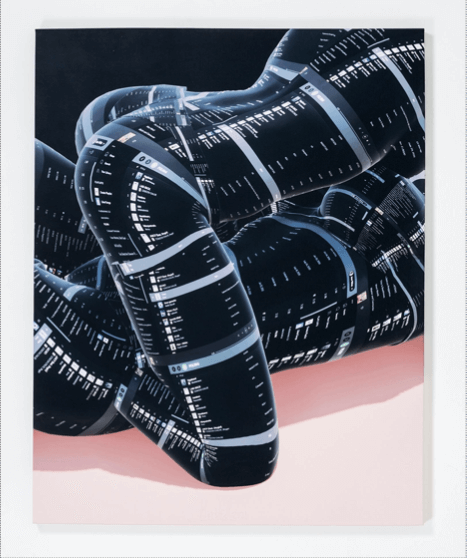
ABOUT POWER 4
2021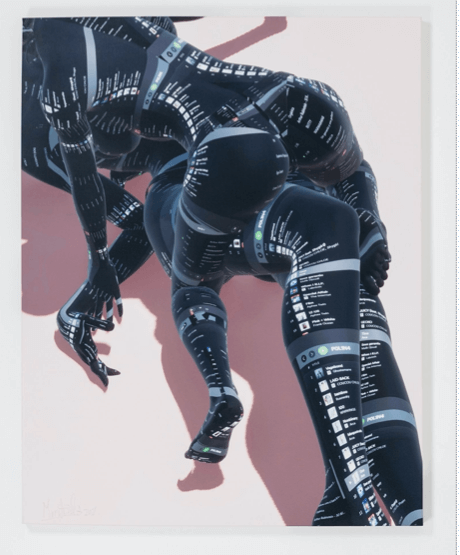
ABOUT POWER 3
2021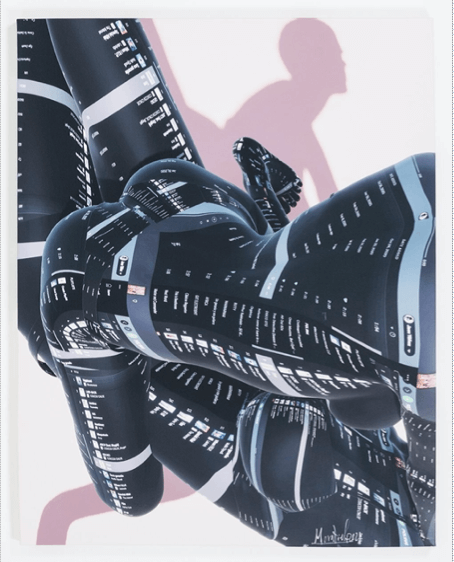
ABOUT POWER 2
2021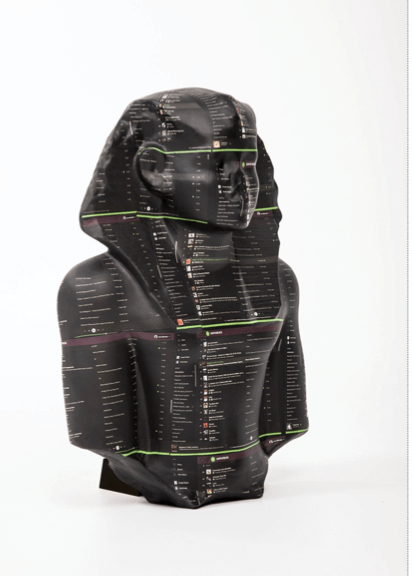
DATA RELICTS
2021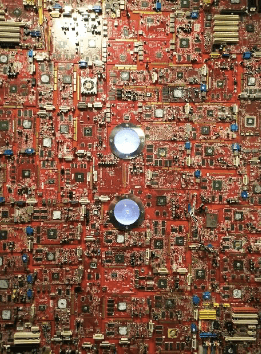
Biopunk farm wall (III)
2022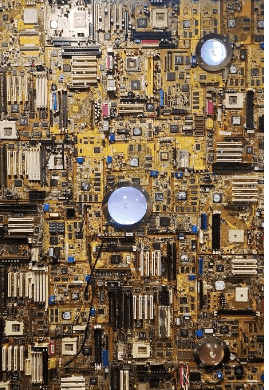
BBBiopunk farm wall (II)
2022